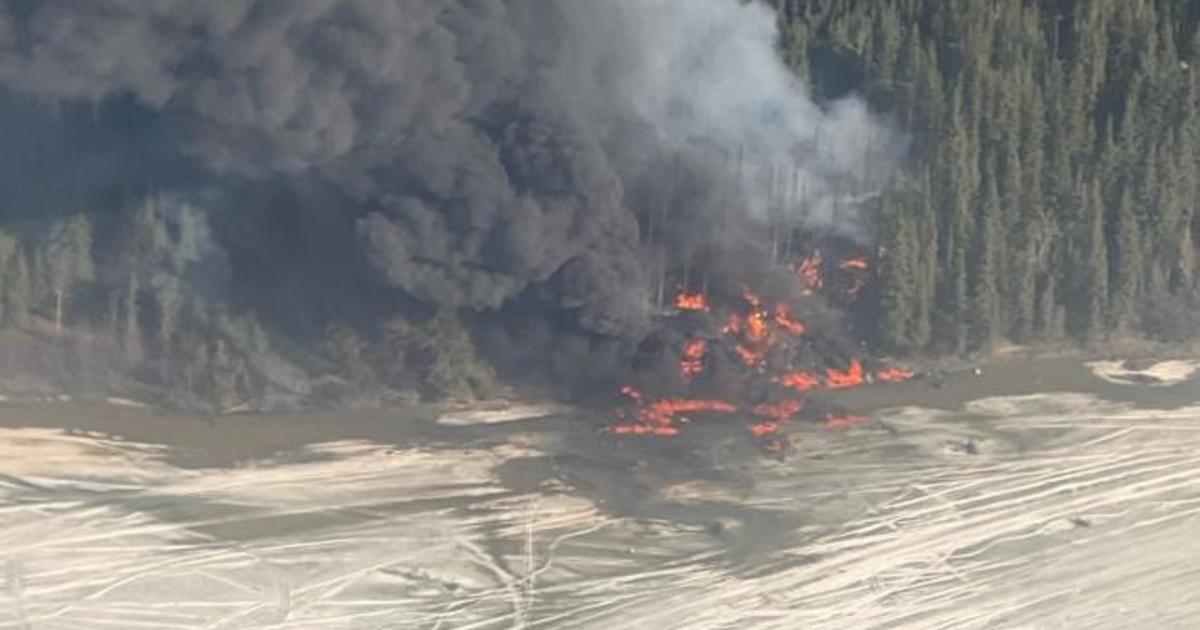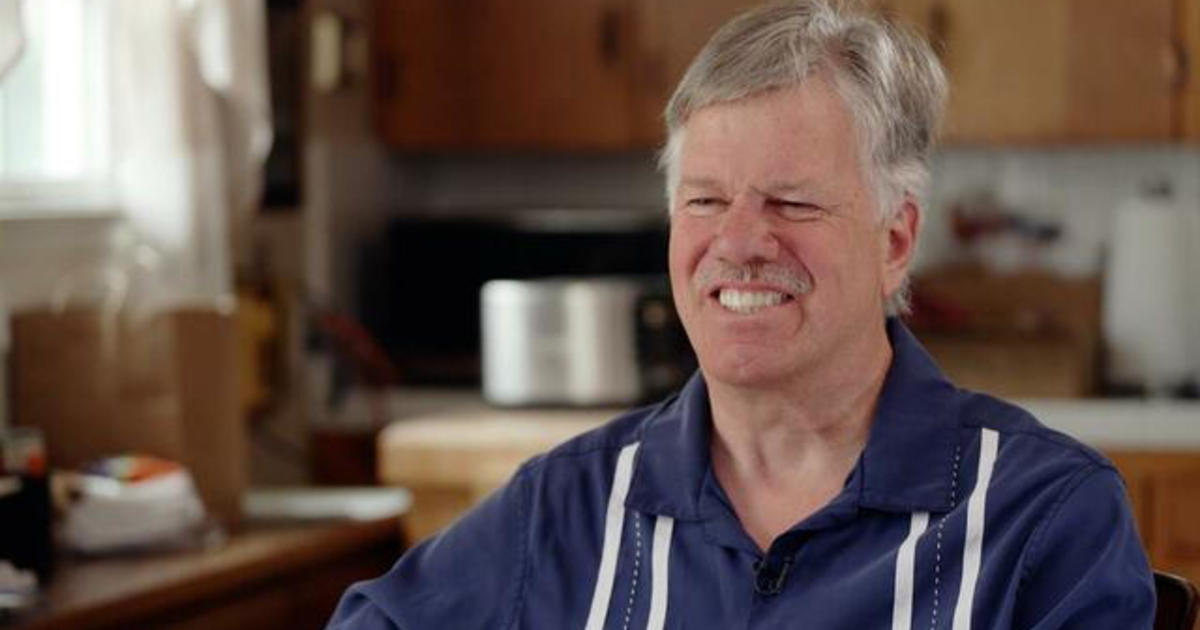Renewed attention on NASCAR's safety measures after Ryan Newman's crash
There is renewed attention on NASCAR's safety measures after a crash during the final lap at Daytona on Monday. It sent driver Ryan Newman tumbling through the air.
Newman is expected to survive — in part due to changes made after another crash at Daytona 19 years ago.
Andy Petree, former crew chief for the late racing legend Dale Earnhardt Sr., talked to CBS News about how Newman survived.
"There's so many areas on this car and not hardly any of it can you look at that safety hasn't been thought of," Petree said.
"Everywhere you can see where a car can possibly hit is protected."
Petree pointed out a series of features NASCAR has installed over several decades — like padded doors, window nets and stiff carbon fiber seats — that he believes helped keep Newman alive at Daytona.
"This is a crush zone that absorbs energy when something hits the side," he said, explaining the car's padded doors. "... It can really stand a lot of impact."
"As spectacular as it was, we still expect our drivers to be able to get out and shake it off."
Earnhardt's 2001 death on the same Daytona track sparked a safety revolution at NASCAR, including requiring all drivers to use an upgraded seat belt and harness system.
"When you have an impact, it keeps your head from going — over-traveling and causing bigger injuries," Petree said.
Drivers must also wear fire retardant racing suits, and new, more crash absorbent walls have replaced concrete around the perimeter of nearly every track
"If you think about it, you race 200 miles an hour, side-by-side, you can flip up in the air. And 99 times out of 100, these guys are getting out of the car and walking away," Petree said.



